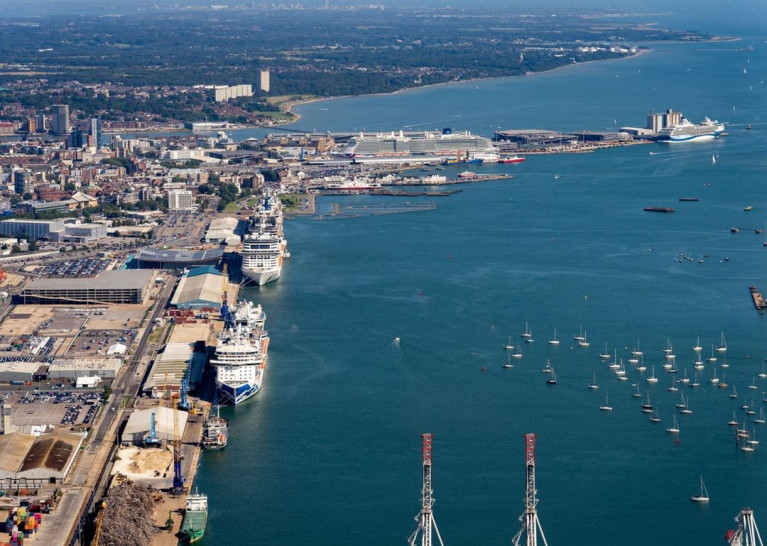Displaying items by tag: Marine Leisure Guide
Marine Leisure Guide - Port of Southampton Publishes to Assist Recreational Users Also On Solent Waters
As summer is underway along with leisure activities, ABP’s Port of Southampton has published its Marine Leisure Guide to help recreational users stay safe in and around The Solent and Southampton Water.
As one of the UK’s busiest ports located in Hampshire, Portsmouth is visited by cruise ships, container ships, automotive carriers, tankers and ferries, as well as countless leisure vessels and craft as people enjoy time on one of the country’s most popular stretches of water. It is for this reason that ABP issues this downloadable guidance to help those using the water know how to prepare well.
“The Solent and Southampton Water are fantastic places to be, and we want people to stay safe when they venture out,” says ABP Southampton Harbour Master, Steve Masters. “The guide can be easily downloaded to a mobile device, and we strongly advise people take time to familiarise themselves with it to make sure they get the basics right.”
The Marine Leisure Guide contains helpful information on everything from pre-departure preparation such and what equipment to carry, understanding tides and weather, lights and signals used by vessels, and navigational safety. It also contains information on Local Notices to Mariners and being aware of the various VHF channels used by HM Coastguard, Southampton Pilots and ABP’s Southampton’s Vessel Traffic Service, which controls shipping movements in and around The Solent and Southampton Water.
A handy chartlet provides a map of the area, with information on channel approaches, different speed restrictions and much more.
The Marine Leisure Guide is available to download from the Southampton VTS website which links to download full copy of the guide (also available in a printed version).
























































